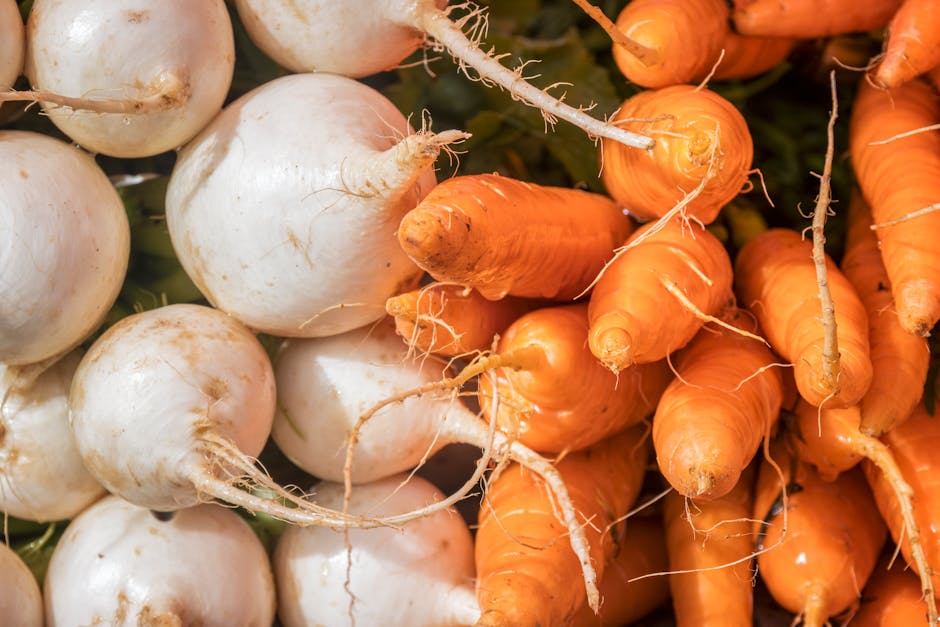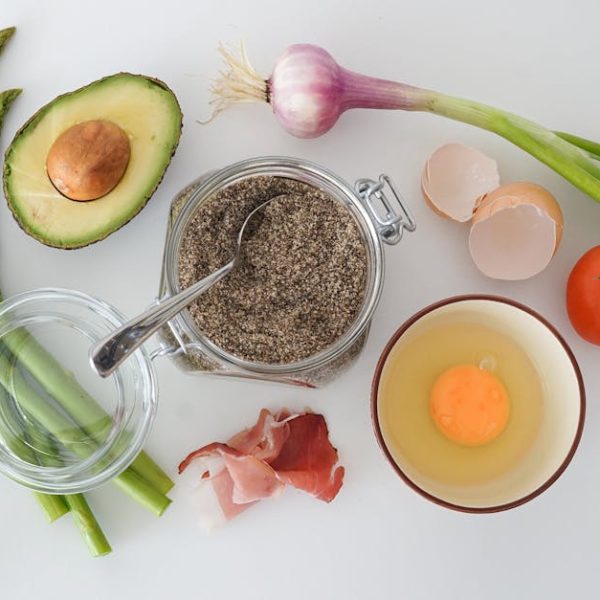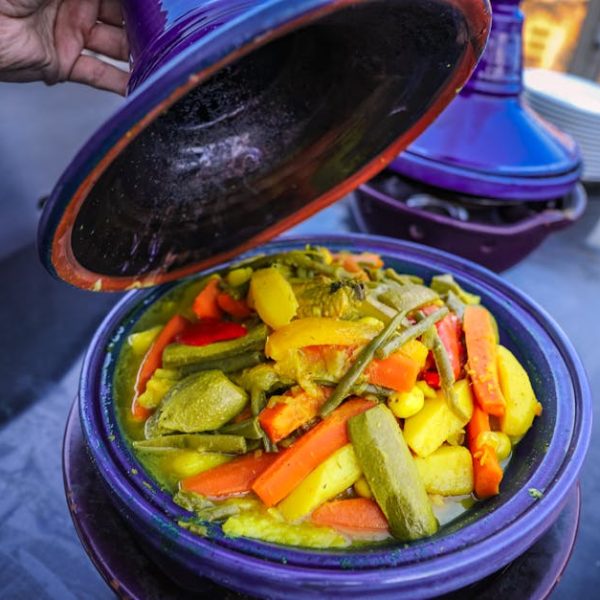Turnips and radishes are both root vegetables that pack a nutritional punch. Despite their similar appearances, they offer different flavors, nutrient profiles, and uses in cooking. Understanding these key differences can help you decide which vegetable is best suited to your dietary needs and culinary preferences.
Understanding Turnips
Originating from Europe and Western Asia, turnips are a cool-weather vegetable and an essential part of various cuisines worldwide. They have a slightly sweet and mildly bitter taste, and their texture is crisp and juicy when raw. When cooked, they take on a richer, sweet and creamy profile similar to potatoes. Turnips are versatile, appearing in salads, stir-fries, and stews.
These bulbous roots are a powerhouse of nutrients including Vitamin C, K, A, E, B6, folate, and minerals like potassium, calcium, magnesium, and dietary fiber. Consuming turnips may support weight loss, improve digestion, boost immune health, and aid in bone health thanks to its nutrient-rich profile.
Pro Tip: Pick turnips that are heavy for their size with smooth skin. They should be firm without any spottings or discoloration. Store turnips in the refrigerator in an airtight container or plastic bag to retain their freshness and nutritional value.
Understanding Radishes
Radishes, on the other hand, originate from Southeast Asia and come in a variety of shapes, sizes, and colors. They have a sharp, peppery flavor and a crunchy texture. Radishes are commonly eaten raw in salads, but can also be roasted or used in stews.
Radishes are rich in Vitamin C, which bolsters immune function, as well as other nutrients like potassium, iron, folate, and fiber. Regular consumption of radishes may help decrease high blood pressure, control diabetes, improve cardiovascular health, and aid digestive functions.
Pro Tip: Choose radishes that are firm, smooth, and brightly colored. Larger radishes tend to be more fibrous and less flavorful. Store them in the refrigerator, but separate the tops from the roots first to keep them fresh longer.
The Taste and Texture Contrast
When it comes to taste and texture, turnips and radishes offer distinct experiences. Turnips have a slightly sweet, bitter flavor and can be either crisp or creamy, depending on how they are cooked. Radishes, conversely, have a peppery, piquant flavor and maintain their crunchy texture both raw and when cooked.
Best Practices: Turnips make a great potato substitute in stew or pot roast, while their greens can be sautéed or added to salads. Radishes can be pickled for a tangy addition to dishes, roasted for a hearty side dish, or sliced thin for some crunch in salads or slaw.
Understanding the differences between turnips and radishes, their unique flavors and textures, can be the key to adding some variety and nutritional punch to your meals.
Usage in Diverse Cuisines
Turnips are a mainstay in various cuisines around the world. In the United Kingdom, they’re boiled and mashed as a side dish. In Japan, turnips are pickled or used in soups. French cuisine uses turnip in stews and soups, as well as roasting them as a side dish.
Some popular dishes featuring turnip include:
- Turnip soup
- Roasted turnip
- Mashed turnip
- Pickled turnip
- Turnip greens salad
Radishes are also a global favorite, adding a crunchy texture and spicy kick to a wide array of dishes. They’re a common addition to salads in American and European cuisines, while Asian recipes use radishes in a variety of ways, from pickling them to including them in stews.
Examples of dishes that feature radishes include:
- Radish salad
- Pickled radish
- Radish stir-fry
- Radish soup
- Radish sandwiches
Versus:
While turnips and radishes both enjoy global popularity, they tend to appear in different types of dishes. Turnips are more often cooked and served as a substantial part of a plate, while radishes often retain their fresh, raw snap as part of salads and sandwich toppings.
Nutritional Value: A Comparison
Both turnips and radishes offer a wealth of health benefits, with a high vitamin and mineral content.
Turnips are an excellent source of:
- Vitamin C: helps boost the immune system and promotes healthy skin.
- Vitamin K: supports proper blood clotting and bone health.
- Vitamin A: aids vision and immune function.
- Dietary fiber: supports digestion and can help control blood sugar levels.
Conversely, radishes are packed with:
- Vitamin C: helps protect cells from damage and assists in iron absorption.
- Potassium: keeps body fluids balanced and supports heart health.
- Iron: crucial for the production of red blood cells.
- Folate: aids in the formation of DNA and other genetic material.
Pros and Cons:
Turnips have a higher overall vitamin content, making them an excellent choice for boosting your nutrient intake. However, radishes weigh in with a higher fiber content and unique nutrients like iron and folate, making them a valuable addition to any diet.
Expert Advice:
Both vegetables have merit and can contribute significantly to your health. However, the choice between them may depend on your specific dietary needs. For instance, if you’re iron deficient, radishes would be a better choice. Conversely, those with a vitamin K deficiency might benefit more from adding turnips to their diet. As with any dietary changes, consulting a healthcare professional or a dietitian is recommended.
Nutritionally dense and flavorsome, turnips and radishes offer unique health benefits and culinary potential. Whether it’s the slightly sweet, earthy flavor of a turnip, or the peppery crunch of a radish, both vegetables are a fantastic method of introducing variety and nutrition to your meals. Embrace the diversity in your cooking and enjoy the taste exploration!
Key Takeaway:
- Turnips and radishes, originating from Europe & Western Asia and Southeast Asia respectively, pack a potent nutritional punch despite having different flavors and nutrient profiles.
- Turnips are versatile in cooking, appearing in salads, stir-fries, and stews, while radishes are mostly used in salads and stews.
- Both vegetables are globally popular, yet they feature in different types of dishes across various cuisines. Turnips are mostly used in substantial parts of a meal, while radishes usually provide a fresh, crunchy accent.
- While turnips offer a higher overall vitamin content, radishes have a higher fiber rating and contain unique nutrients like iron and folate.
Remember to consult a healthcare professional or a dietitian when making significant changes to your diet. Both turnips and radishes make a vital addition to your meals, providing not only an array of health benefits but also a burst of diverse flavors and textures. Enjoy the exploration in your kitchen with these two nutritious roots!
FAQs
Q: Can turnips be eaten raw like radishes?
A: Yes, turnips can be eaten raw. They have a crisp and juicy texture when raw, making them a great addition to salads.
Q: What’s the best way to store turnips and radishes to retain their freshness?
A: Turnips and radishes should be stored in the refrigerator in airtight containers or plastic bags to retain their freshness and nutritional value. For radishes, separate the tops from the roots for prolonged freshness.
Q: Can I use turnips as a substitute for radishes in recipes?
A: While both are root vegetables, their flavors and textures differ significantly. Turnips offer a slightly sweet, bitter flavor while radishes provide a peppery, piquant taste. Substitutions may alter the final taste of the recipe.
Q: Are there particular health conditions that benefit more from eating turnips versus radishes or vice versa?
A: Both vegetables have distinct nutrient profiles, and the preference might depend on one’s individual health conditions and nutritional needs. For instance, someone with iron deficiency may benefit more from eating radishes, while someone needing more vitamin K might opt for turnips. Always consult with a healthcare professional before making specific dietary decisions.
Q: I am not a fan of the peppery taste of radishes. Is there a way to mellow it down?
A: Yes, the peppery flavor of radishes can be mellowed down by roasting or pickling them. Adding them to stews can also help dilute their strong flavor.
If you’ve found this article helpful, feel free to share it with friends and family, or explore more posts on our website for additional insight into nutritious foods and healthy lifestyles.






